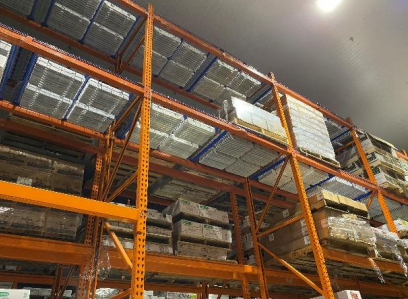Project Info
COMPLETE
 Project Title
Project Title
 Project Title
Project Title
Evaluation of Direct Energy Savings and Demand Response Potential from PCM for Cold Storage Cooling Applications
Project Number ET19SCE1050 Organization SCE End-use Process Loads Sector Commercial Project Year(s) 2019 - 2021Description
This project will help determine the effectiveness of Phase Change Materials (PCMs) in cold storage applications at Low Temperature -10 - 0 F (-23 - 18 C). Controls will also be implemented into the study to determine how compatible it is with PCMs. A total of 4 tests will be done on warehouses to see if PCMs have an impact on energy savings, demand response and keeping the temperature at appropriate levels. The main research objective is to evaluate the effectiveness of PCM separately from the controls. We want to determine if it was either PCM or Viking cold’s controller that played a bigger role in energy savings. The purpose of this project is to explore the demand response potential from phase change materials for cold storage applications to SCE: 1. Critical peak load reduction – Can PCM be used to reduce electric loads in cold storage applications during critical peak load conditions? 2. Required notification times – Can cold storage loads with PCM reduce critical peak loads with day-of notification or do they require day-ahead notification? 3. Consistency of critical peak load reduction – Can cold storage loads with PCM respond to event notifications over successive days (3 or more days in a row)?
Project Report Document
Loading PDF Preview...
